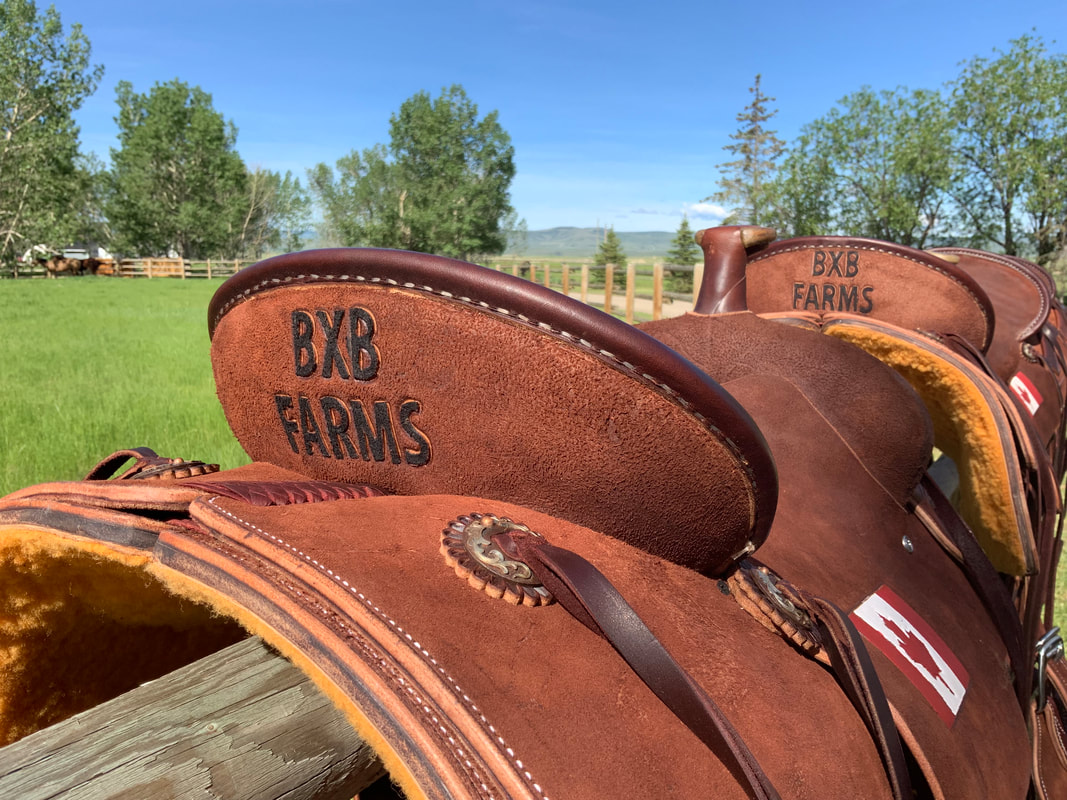The frog on a horse hoof is a critical part of horse anatomy, often misunderstood yet vital for a horses health and performance. In this comprehensive guide, we are delighted to explore the frog, revealing its importance, maintenance tips, and common issues. Whether you’re a seasoned equestrian or a curious novice, understanding the significance of the frog can lead to improved horse care and tremendous benefits for your horse’s well-being.

Understanding the Anatomy of a Horse Hoof
A horses hoof might appear as a simple structure, but it is intricately designed to support various functions. The hoof itself has several parts, including the wall, sole, frog, bars, and white line. Each part plays a unique role in ensuring the horse’s overall health and mobility.
What Is the Frog on a Horse Hoof?
The frog is a V-shaped structure situated in the center of the horse’s hoof. It extends from the heels towards the toe, dividing the hoof into two equal parts. It’s here to act as a shock absorber, play a role in circulation, and contribute to the hoof’s gripping ability.

The Role of the Frog in Hoof Health
Understanding the functions of the frog can help horse owners take better care of their horses. The frog serves several vital purposes, including:
- Shock Absorption: When a horse moves, the frog compresses, absorbing impact and reducing stress on the horse’s leg joints.
- Circulation: The frog aids in pumping blood back up the leg, contributing to better overall circulation.
- Traction: The texture of the frog helps provide better grip and stability, vital for a horses balance and movement.

Common Issues with the Frog
Despite its importance, the frog is susceptible to various issues. Recognizing these problems early can prevent more serious health concerns.
Thrush
Thrush is a bacterial infection that affects the frog. It is often caused by poor stable conditions or inconsistent hoof care. Maintaining clean and dry stables can prevent thrush. For treatment, consult a veterinarian for appropriate antibacterial treatments.
Cracks and Tears
Cracks and tears in the frog are usually due to environmental conditions or improper trimming. Regular hoof care and timely trimming can mitigate these issues. If you notice significant damage, seek professional help immediately.

Maintaining Frog Health
Ensuring the frog remains healthy involves regular care and attention. Here are some tips:
Regular Cleaning
Daily cleaning of the hooves is essential. Use a hoof pick to remove dirt, stones, and manure trapped between the frog and the hoof. Clean hooves can prevent most infections.
Correct Trimming
The frog should be trimmed by a professional farrier. Over-trimming or neglecting the frog can lead to severe problems. Regular checks will ensure it remains in its optimal shape.
Why the Frog Matters?
The frog may seem small, but its impact on a horse’s health is tremendous. A well-maintained frog contributes to a horses overall well-being, affecting their performance, comfort, and longevity. Proper care, timely intervention, and regular veterinary consultations ensure your horse remains healthy and active.
Additional Resources
For more insights on horse care, visit Taste of Home. Here you’ll find valuable tips and tricks from professionals.
FAQs
1. How often should I clean my horses hooves?
Daily cleaning is recommended to prevent infections and other hoof issues.
2. Can I trim the frog myself?
It’s best to leave trimming to a professional farrier to avoid over-trimming and ensure correct care.
3. What are the early signs of thrush?
The early signs of thrush include a foul odor and a black, gooey appearance on the frog.
As an Amazon Associate, I earn from qualifying purchases.